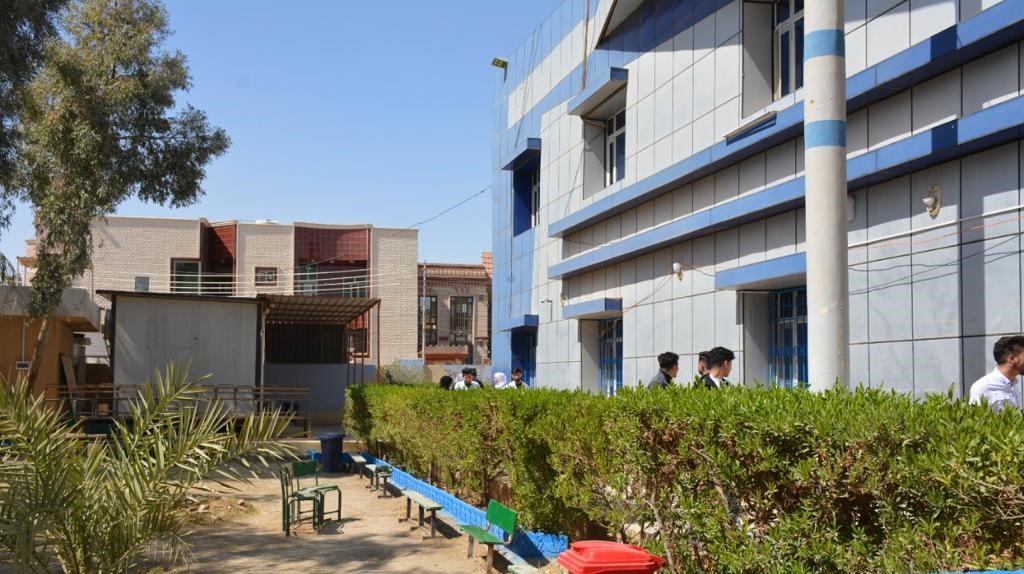
Compound materials are a link between the past and the present
Compound materials are a link between the past and the present
. Anmar Shaker Jassim Al-ObaidiAssistant Lecturer
College of Applied Sciences - HEAT / Department of Environment Dept.
Historical information indicates that man has used composite materials reinforced with fibers and plant-glue compounds since the early ages. The ancients in the year (1500 BC. AD) The principle of embalming the mummy with cotton and linen fibers saturated with natural resins The term “combined materials” is old, but modern techniques for various composite materials were not achieved until the twentieth century, especially after the discovery of polymers.
As the Second World War was a period of scientific and technical progress due to the need for modern technologies, which required materials with good specifications such as.
Strength and durability.
Low density.
Good thermal insulation properties.
High hardness.
resistance to temperature.
Obtaining certain properties in certain directions.
The possibility of forming in different forms easily and at a relatively low cost.
As polymers have been characterized as low-density materials but lacked strength and durability, the creation of polymeric composites was the first step towards achieving these desirable ideal properties.
It appears that the emergence of composite materials was due to the lack of a single material that can possess all the properties or qualities required for important applications. Therefore, polymeric composites supported by fibers and polymeric mixtures have developed and increased interest in them to meet the requirements of industrial development witnessed in the world, such as the manufacture of cars, aircraft, missiles, ships, and building materials.
The expansion of the use of organic polymers in the manufacture of polymeric composites can be attributed to several reasons, including:
Its ability to bond with the reinforcing material.
Stress is transferred to the fibers as a result of the good adhesion between them and the fibers.
Chemical compatibility between it and the fibers, as the surfaces of the fibers are coated with chemicals that help in the good bonding between the resin and the fiber in the interface area.
When they contain fibers, they form thin joints between the fibers that lead to the fibers not being connected to each other, which leads to avoiding sudden collapses resulting from the spread of cracks at high stresses.
It does not rust or corrode.
Lightweight and highly durable.
The scientific progress in the polymer industry has led to the creation of new polymeric materials with required characteristics by blending polymers, as polymeric mixtures are defined as a mixture of two or more types of blended polymers, a physical mixture, so that the resulting mixture has properties common to the basic components. Depending on the quality of the polymers and the method of mixing.
There are several types of polymeric mixtures classified according to the type of physical crosslinking, including IPN'S (Interpenetrating Polymeric Networks), which include the presence of two or more types of polymeric chains that are similar and physically overlapping with each other, while the two chains retain their structural properties, and give the alloy common properties Between both types, the overlapping polymeric networks have entered into many important industrial applications, due to their new properties that surpass the properties of their constituent materials.




